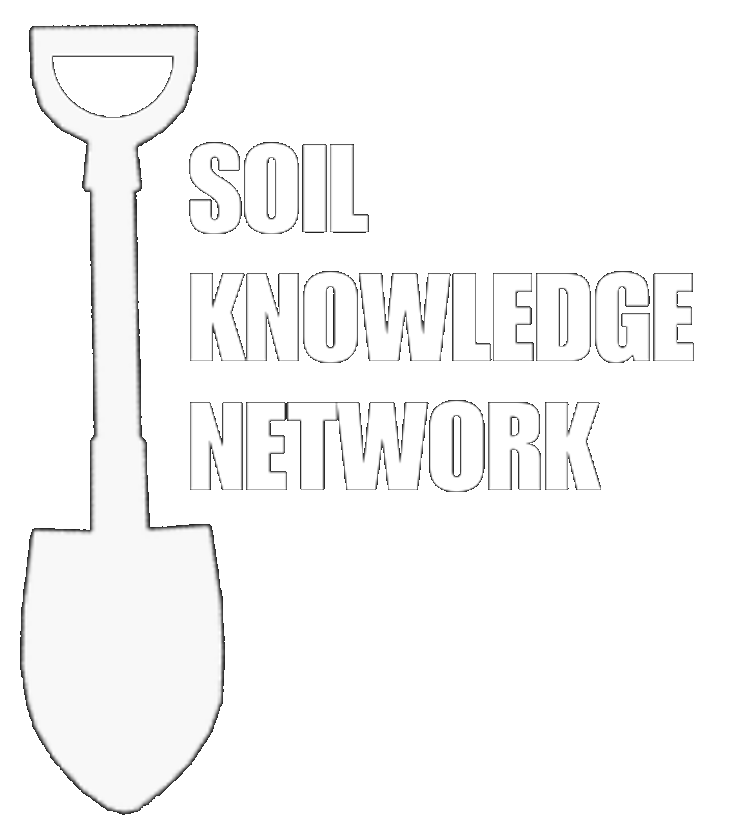The vision of the SKN is to Promote the importance of soils and the use of quality soil knowledge and expertise. To this end we have decided to share soil presentations which we think were particularly good.
 Rattan Lal – The Soil Peace Nexus
Rattan Lal – The Soil Peace Nexus
Up first we have a presentation from Rattan Lal who has kindly given us permission to publish it here. This talk was presented at the 20th World Congress of Soil Science in Jeju, Korea in June 2014. Rattan is a Distinguished University Professor of Soil Science at the Ohio State University. He is the Director of Carbon Management and Sequestration Center and President of the International Union of Soil Sciences. Rattan has also written a paper based on the same talk.
Rattan tells us that he has a “strong interest in NSW and its soil science and agricultural programs.The very first job I had after completing my PhD was at the University of Sydney and I conducted research on soil structure and its management at Narrabri. I was there during 1968 and 1969.”
We hope you enjoy it and that it spurs discussion with your ‘soiley’ colleagues
Mark is a member of the SKN and gave the three next presentations at the SKN technical workshop for soil advisors in Cowra 2016. Marks talks were very popular and everyone who attended the workshop asked for copies. Here they are for those who missed it.
Mark Conyers – Calcium (Ca): Magnesium (Mg) ratios
Mark says “The Ca:Mg index of soil fertility originally had a basis in fact for assessing soil structure, and also from historic work in pot trials for soil chemical fertility. However it has often been used to discredit conventional soil test interpretation and to sell alternative products. Commercial crops grow down the soil profile to in excess of 1 m depth, to where Mg is generally abundant in the subsoil. Hence the use of the Ca:Mg index for field crops, based on surface soil tests only, is invalid. The slides are examples of our field data on the lack of plant response to Ca:Mg ratios in the soil. A cynical approach is evident in the slides as the ‘alternative’ sales pitches are what could be termed ‘shallow’.”
SKN-Mark_Conyers_ca-mg_august-2016
Mark Conyers – Phosphorus (P): plant and soil, theory and practice
Mark says “The chemistry of P in soil is often seen as complex and confusing, however the basics are straightforward. The demand for P by plants can then be better understood if those basics of soil supply are understood. Finally the commercial application of this knowledge relies on soil tests. The national BFDC database provides calibrated soil tests for a range of crops and soil types: examples are given.”
SKN-Mark_Conyers_p-talk-2016-cowra
Mark Conyers – Soil acidity and liming
Mark says “Soil acidity forms naturally over time but is accelerated by agricultural practice, such as the use of N fertiliser and the removal of produce. Hence as well as using limestone to ‘fix’ or neutralise soil acidity, there is some scope for management practices to minimise the rate at which a soil acidifies. In these slides we attempt to explain how acidity develops, and how liming and management practices can help. This requires a descent into chemistry but which we hope is expressed simply enough to grasp what are essentially straightforward concepts.”
SKN_Mark_Conyers_soil-acidity-talk_cowra-2016

